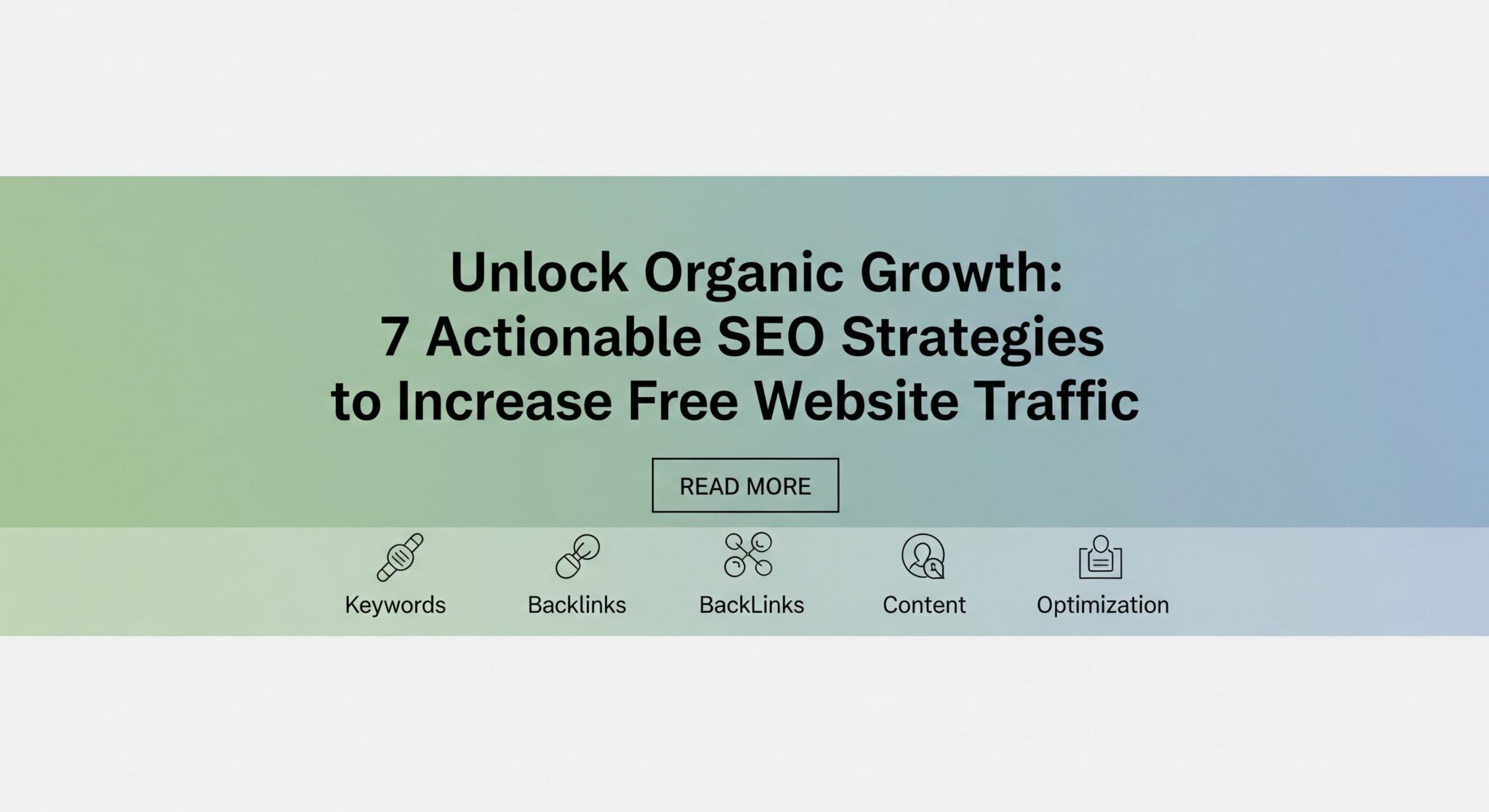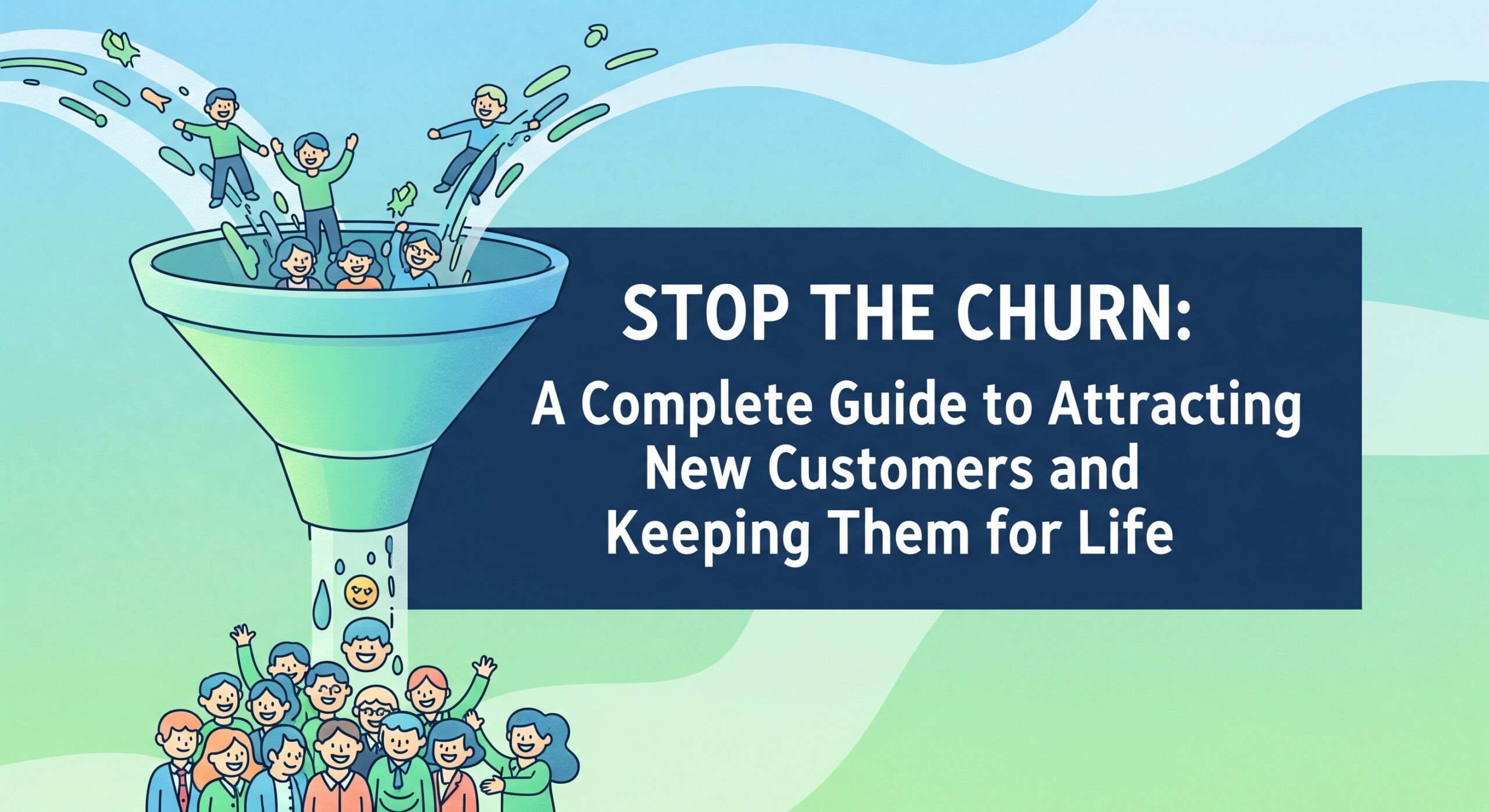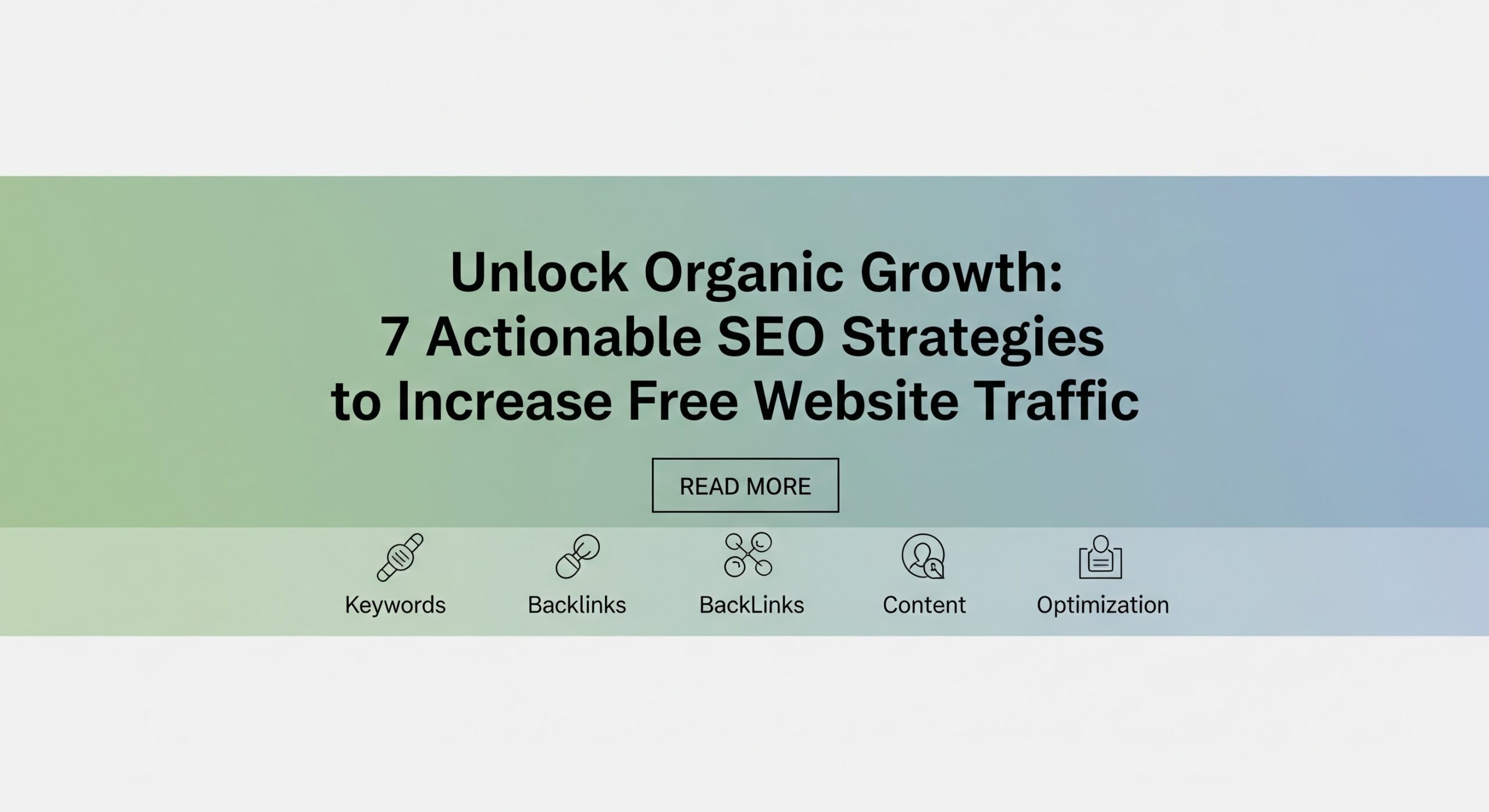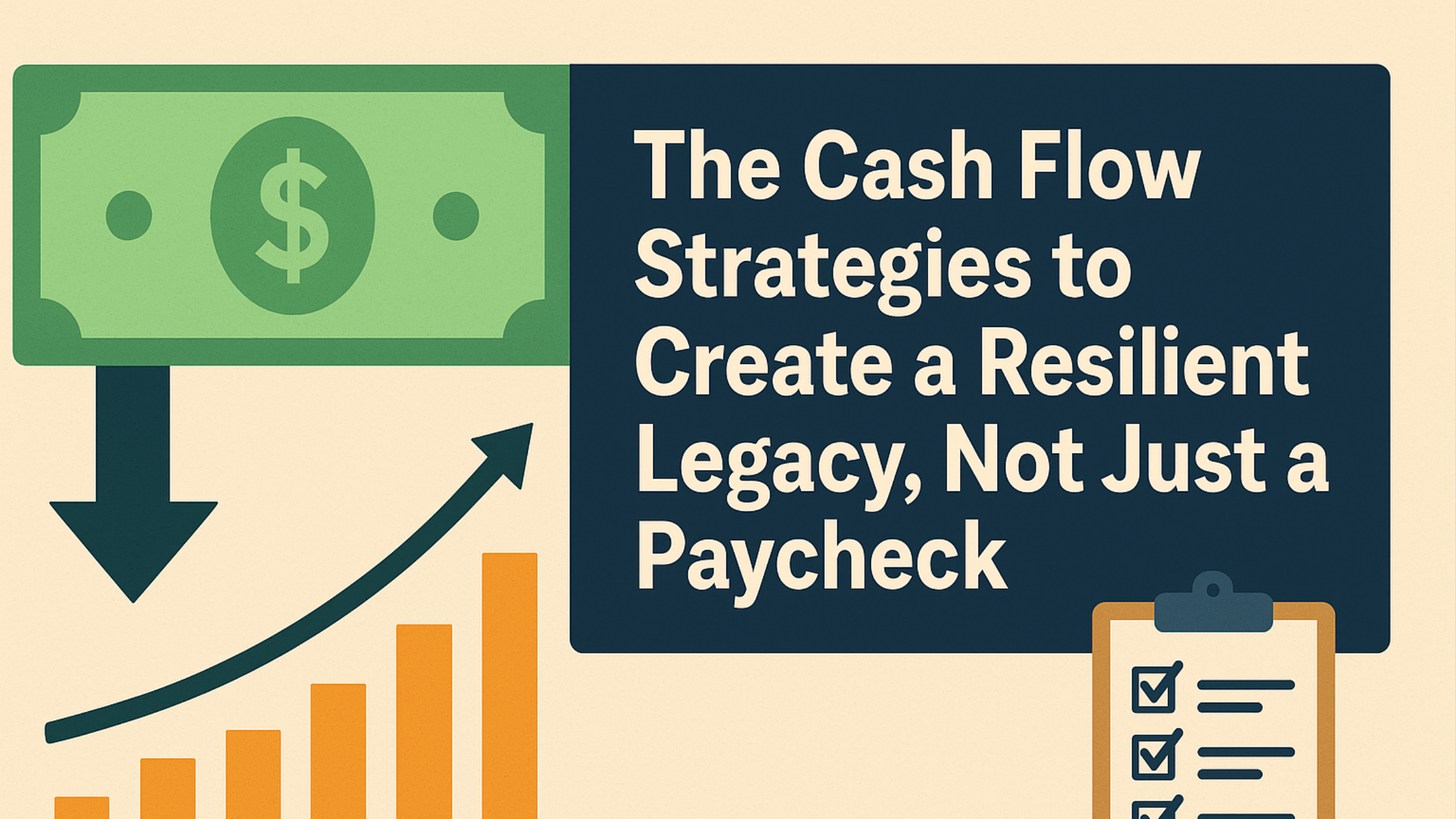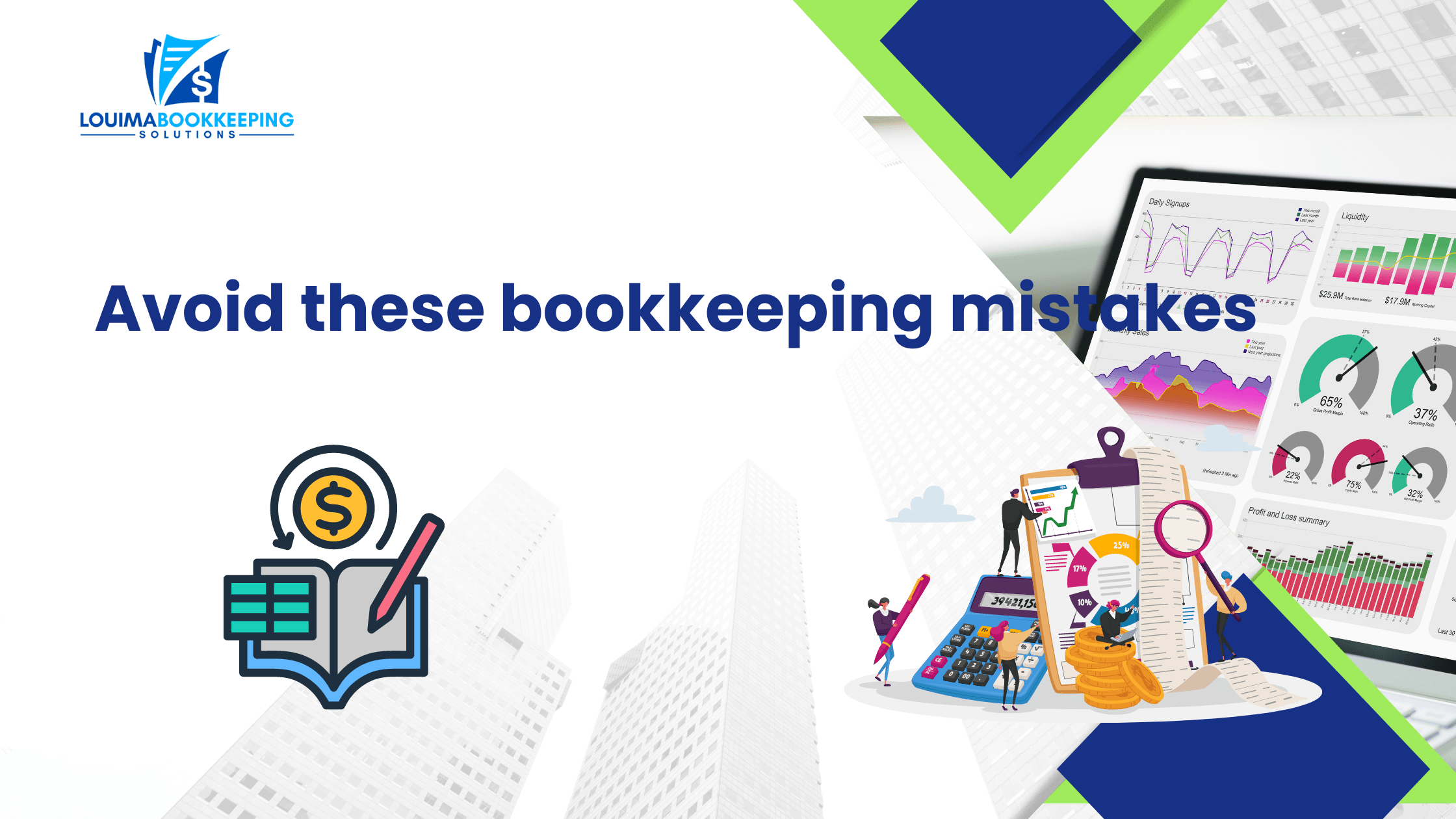You’ve built a beautiful website. You’ve perfected your product or service. You’ve opened your digital doors for business, only to be met with the sound of silence. It’s a common and deeply frustrating experience for entrepreneurs and marketers alike. You know you have something valuable to offer, but how do you get people to find you without spending a fortune on paid advertising? The answer lies in mastering the art and science of generating free website traffic through search engine optimization (SEO).
Many articles promise “SEO hacks” or secret loopholes to trick Google into ranking your site. But in today’s sophisticated digital landscape, those shortcuts are a dead end. True, sustainable growth doesn’t come from hacks; it comes from a solid, repeatable strategy focused on providing genuine value. This guide will walk you through seven actionable, no-nonsense SEO strategies that work. Forget the temporary tricks. It’s time to build a powerful engine that drives consistent, qualified, and free website traffic to your business for years to come.
Why Chasing ‘Hacks’ is a Losing Game in SEO
Before we dive into the strategies, it’s crucial to understand the mindset required for modern SEO. A “hack” implies a quick fix or a clever workaround to bypass the system. A decade ago, you could get away with tactics like keyword stuffing or buying low-quality links to game the search rankings. Today, that approach is the fastest way to get penalized by Google. Search engines are smarter than ever, prioritizing websites that demonstrate expertise, authoritativeness, and trustworthiness (E-A-T).
They focus on one thing above all else: user satisfaction. A successful SEO strategy, therefore, isn’t about tricking an algorithm. It’s about aligning your website and content with what search engines and, more importantly, your human audience actually want. By focusing on a foundational strategy, you’re not just aiming for rankings; you’re building a long-term business asset.
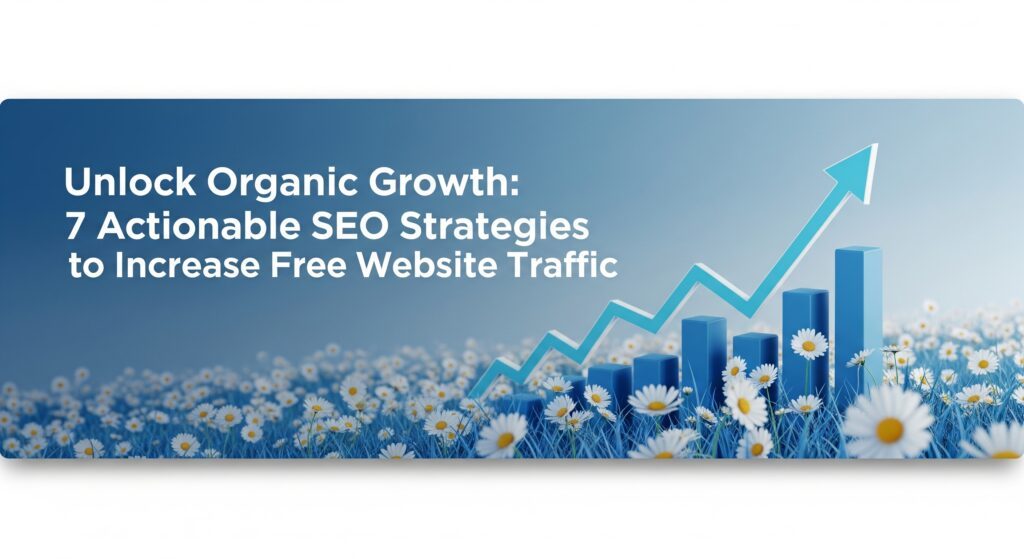
The 7 Foundational SEO Strategies for Sustainable Traffic
These seven strategies are not independent tasks but interconnected pillars of a holistic SEO approach. They work together to build a powerful flywheel effect, where each element reinforces the others, leading to compounding organic growth over time. Learn how to save at least 5 hours a week by automating your business processes.
1. Master Intent-Driven Keyword Research
Effective SEO begins with understanding the language of your audience. Keyword research isn’t just about finding popular terms; it’s about uncovering the specific problems, questions, and needs your potential customers have. This is the essence of search intent. You need to understand the “why” behind a query.
- Informational Intent: The user wants to learn something (e.g., “how to improve website speed”).
- Navigational Intent: The user wants to find a specific website (e.g., “Google Analytics login”).
- Transactional Intent: The user wants to buy something (e.g., “buy running shoes online”).
- Commercial Investigation: The user is comparing options before a purchase (e.g., “best project management software”).
Actionable Steps:
- Go Beyond the Obvious: Use tools like Ahrefs or SEMrush, but also dig into places where your audience asks questions. Explore forums like Reddit and Quora, and look at the “People Also Ask” section on Google search results pages for your target topics.
- Focus on Long-Tail Keywords: Instead of targeting a highly competitive term like “marketing,” focus on a more specific long-tail keyword like “content marketing strategy for small business.” These longer phrases have lower search volume but much higher conversion intent, meaning they attract more qualified free website traffic.
2. Create High-Value, Problem-Solving Content
Your content is the vehicle that delivers your solution to the user’s problem. Once you understand their intent through keyword research, your mission is to create the single best, most comprehensive answer available on the internet for that query. This is often referred to as “10x content.” It’s not about being marginally better; it’s about being ten times more valuable than any other result.
Actionable Steps:
- Analyze the Top Results: Search for your target keyword and carefully study the top-ranking pages. What topics do they cover? What is their format? Then, identify what’s missing. Can you add more detail, include original data, create a better design, or provide more actionable steps?
- Choose the Right Format: The best format depends on the query. A “how-to” search query demands a step-by-step guide with images or a video. A “best of” query requires a detailed comparison table. Match your content format to user expectations.
- Demonstrate Expertise: Infuse your content with unique insights, personal experiences, case studies, and original data. This not only provides immense value to the reader but also builds your E-A-T in the eyes of Google.
3. Perfect Your On-Page SEO Fundamentals
On-page SEO is the practice of optimizing individual web pages to rank higher and earn more relevant traffic. It’s about making it crystal clear to both search engines and users what your page is about and why it’s valuable. Getting these fundamentals right is low-hanging fruit for improving your rankings.
Key On-Page Elements to Optimize:
- Title Tag: This is the blue link that appears in search results. It should be compelling, include your primary keyword, and be around 50-60 characters.
- Meta Description: This is the short snippet of text below the title tag. It doesn’t directly impact rankings, but a well-written one acts as an ad for your page, boosting your click-through rate.
- Header Tags: Use a clear hierarchy with one H1 for your main title, followed by H2s for main sections and H3s for sub-points. This improves readability and helps search engines understand your content structure.
- Internal Linking: Link to other relevant pages on your own website within your content. This helps users discover more of your content and spreads “link equity” or authority throughout your site.
- Image Optimization: Use descriptive file names (e.g., “on-page-seo-checklist.jpg” instead of “IMG_1234.jpg”) and always fill out the alt text with a clear description of the image. This helps with accessibility and image search rankings.
4. Build Authority with Strategic Link Building
Backlinks, or links from other websites to yours, remain one of the most powerful ranking factors. Think of them as votes of confidence from other sites in your industry. However, quality trumps quantity every time. One relevant link from a high-authority site is worth more than a hundred low-quality, spammy links.
Actionable Link Building Strategies:
- Guest Posting: Write an article for a reputable website in your niche. In return, you get an author bio with a link back to your site. This builds authority and introduces your brand to a new audience.
- Create Linkable Assets: Produce content that other people will want to link to naturally. This could be original research, a comprehensive industry report, a free tool, or a stunning infographic. Then, promote this asset to relevant journalists, bloggers, and industry leaders.
- Broken Link Building: Find a high-authority website in your niche that has a broken link to an external resource. Create a better piece of content than what was originally linked to, then reach out to the site owner, inform them of the broken link, and suggest they replace it with a link to your superior resource.
5. Optimize for Technical SEO and User Experience (UX)
Technical SEO ensures that your website can be efficiently crawled and indexed by search engines. But it’s also deeply intertwined with user experience (UX). A site that is slow, confusing, or broken will frustrate users, causing them to leave. This high bounce rate is a negative signal to Google.
Key Technical & UX Areas to Focus On:
- Mobile-Friendliness: With Google’s mobile-first indexing, your site’s mobile version is the primary one for ranking purposes. Ensure your site is responsive and provides a seamless experience on all devices.
- Page Speed: Slow-loading pages are a major cause of user frustration. Use Google’s PageSpeed Insights tool to test your site and get recommendations for improvement. Focus on optimizing images, leveraging browser caching, and minimizing code.
- Secure Site (HTTPS): Having an SSL certificate is a confirmed, albeit small, ranking factor. More importantly, it builds trust with users by showing that their connection to your site is secure.
6. Leverage the Power of Local SEO
If your business serves a specific geographic area, local SEO is non-negotiable. It’s about making your business visible in local search results, such as when someone searches for “coffee shop near me.”
Actionable Local SEO Steps:
- Google Business Profile (GBP): Claim and fully optimize your free GBP listing. Fill out every section, upload high-quality photos, and encourage customers to leave reviews.
- Local Citations: Ensure your business’s name, address, and phone number (NAP) are consistent across all online directories like Yelp, Yellow Pages, and industry-specific sites.
- Gather Reviews: Actively encourage happy customers to leave reviews on your GBP and other relevant platforms. Positive reviews are a powerful trust signal for both users and search engines.
7. Conduct a Content Audit and Refresh Old Content
SEO is not a “set it and forget it” activity. Your existing content is a valuable asset that can be improved over time. A content audit helps you identify opportunities to get more value from the work you’ve already done.
Actionable Steps:
- Identify Underperformers: Use Google Search Console to find pages that are ranking on the second or third page of Google (positions 11-30). These pages have ranking potential and are prime candidates for a refresh.
- Update and Upgrade: Refresh the content with the latest information, add new statistics, embed a video, or include new images. Check to see if the search intent for the keyword has changed over time and adjust the content accordingly.
- Consolidate Thin Pages: If you have multiple weak pages on the same topic, consider combining them into one comprehensive “ultimate guide.” This creates a stronger, more authoritative resource that is more likely to rank well.
Conclusion: Building Your Organic Growth Engine
Generating a steady stream of free website traffic is not about finding a magic bullet or a secret hack. It’s about a disciplined commitment to a proven set of strategies: understanding your audience’s intent, creating exceptional content, building genuine authority, and ensuring your website provides a flawless user experience. Each of these seven strategies is a vital component of a larger machine. When they work in harmony, they create a powerful, self-sustaining engine for organic growth.
Don’t get overwhelmed by trying to do everything at once. Pick one strategy from this list that you can start working on this week. Perhaps it’s optimizing the on-page SEO of your top five pages or identifying three old blog posts to refresh. The key is to start now. The work you put into your SEO foundation today will pay dividends in the form of consistent, qualified, and free website traffic for months and years to come. Now that you’re getting all this traffic to your website, it’s time to learn how to convert leads into buying clients.

